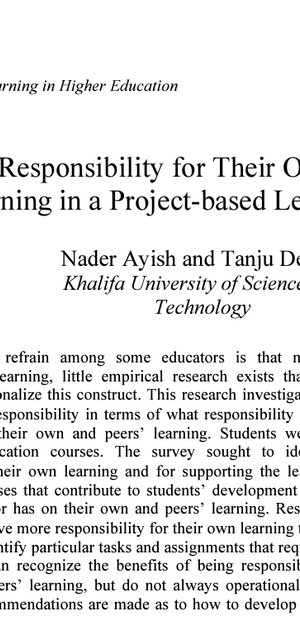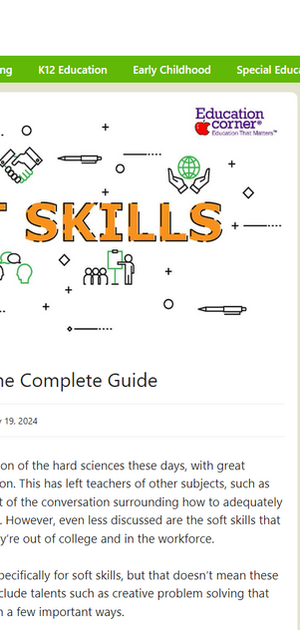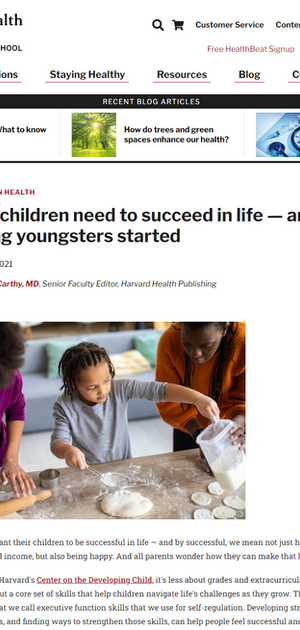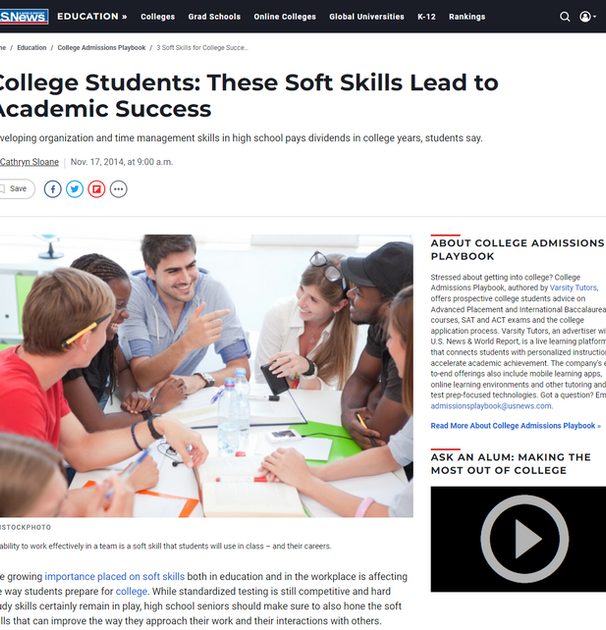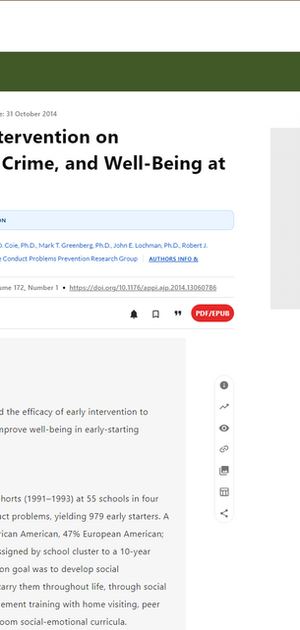Parents and educators are fed up with outdated, repetitive curricula and exhausted by inadequate training that yields poor results for children. For over 100 years, pedagogical science has emphasized that children need to move, manipulate, engage, collaborate, and experience learning.
After 12 years of dedicated research and training, we proudly introduce the solution that innovative education leaders need and communities crave: the American Emergent Curriculum.

Mimosa Jones Tunney, Founder AEC
In a study of 4th graders, AEC educated children performed at double the national average.
(ERB 2023)
The AEC is the only interconnected curriculum program in the United States using proven pedagogical methodologies. It combines what we know scientifically works in learning with what we love about traditional American schools. It aligns with the most difficult standards in the country.
Learning finally becomes engaging, successful, accomplished and multi-dimensional all at once. Children run into classrooms at the beginning of each day. Educators receive an abundance of training. And we do all the work giving you and your Team time for the fun part of being in a school.
How do we do this?
THE AMERICAN EMERGENT CURRICULUM
Our children...
1
are born ready
to learn
2
are individual learners
3
deserve dignity & our respect
What We
Know Works In Learning
What We Love About Traditional American Schools
Children learn faster, are more fulfilled, retain concepts more fully and are inspired to build upon things they’ve mastered.
WHAT WE LOVE IN TRADITIONAL AMERICAN SCHOOLS
< Click Arrows To Learn More About Each Area >
Why wouldn’t we teach using the best of all these pedagogical advancements and cross-connect all subject in elementary and primary classrooms when children are in the development stage of big ideas?
AN EXAMPLE OF HOW WE IMPLEMENT THE AMERICAN EMERGENT CURRICULUM
How Our Farm Stand Seed-to-Market Program Supports Academic Learning
Children first design and build their garden. This includes garden beds, French drains, a chicken coop and places for herbs and fruits. They will need to understand the seasons, the tilt of the earth, the temperature, soil and nitrogen content as well as ideal times for planting and care of hens.
A Food-on-Mars program is simultaneously built indoors for growing food on the off season using just artificial light and water containing specific minerals. This indoor project is also managed through coding by our 5th and 6th graders.
A Farm Stand is built by Learners who start with a model and then work with a carpenter to learn how to build the structure.
Once produce is ready for harvest, it is picked weekly by Learners via the School Care Team. This Team also creates or makes the packaging required for the harvest. Basil is replanted for sale, lettuce wrapped in burlap, quiches baked used eggs from the coop are packaged along with flowers in vases and other crafts made by all grades.
Learners take turns working the Farm Stand each Thursday, April through December. They do their own customer service, money management and bagging. Typically, they make about $1,200 in 2 hours.

Math & Measurement
How many seeds are needed?
How much room do they need to grow?
The dimensions of the garden bed?
How much water do the plants need daily?
Biology
How do they eat & drink? How does the plant make energy? Seed reproduction, the makeup of a seed, how varieties came about...
Time
How many weeks will it take to grow? How much sun exposure does it need?
Patience
From seed > seedling > plants > harvest > marketing > selling
Observation
How have the plants changed?
History
Learn its origin, how it came to our country / from where, cultural importance, usage in different societies throughout history.
Marketing & Design
Determining packaging, signage, selling points, pricing, market comparisons, selling at farm stand
Language Immersion
Weekly learned foreign language is used throughout lessons to give the language meaning & encourage retention
Disappointment
Why didn't some of our plants grow?
How can we do things differently?
TEAMWORK
Cooperation, team-building, self-esteem, decisions, organization, goals.
The AEC is not just lessons on a page, it also provides your Educator…
-
Developmental stages and how to teach to them.
-
Classroom management tools and aesthetic set up parameters to optimize a child’s wonder and productivity.
-
Instruction on Socratic Quizzing – the newest way to engage children in the classroom to develop lifelong study habits.
-
Annual trainings and monthly webinars that engages and inspires.
-
Social and Emotional Learning (no need to go to outside programs)
-
Work Choice to foster independence in Learners.
-
An overview of additional school programs that connect to the AEC.
-
A social network for Educators to share ideas.
OTHER AREAS OF THE AEC
KINDNESS
In the AEC we focus on the through-line of all religious and spiritual practices: Kindness. More than just a word, Kindness is reflected first and foremost in how the Team interacts with one another. It is embedded in the curriculum each week. It is honed on the Play Yard, where Learners practice (and of course learn from their departures) how to be Kind in a civil society and how to uplift and encourage friends and classmates.
NATURE & BOTANY
Nature skills, animal care and botany are key components of the AEC. Children master soil preparation, propagation, seasonal planting, pruning, fertilizing and harvesting through our Seed-to-Market program.
ONGOING TRAINING
The AEC is a dynamic curriculum because human beings - particularly from 0-12 - are themselves dynamic. Educators begin their school year two weeks early in preparation for the AEC and their environments (classrooms) with 80 hours of professional development specific to cycle one, two or three of the curriculum. We also add 20 hours of training and cooperative learning in early January. Most Educators hold a Master’s degree, have completed their AMI certification or are in process and have at minimum 5 years of teaching experience. Training, conferences and other opportunities are offered and paid for by the AEC.
SPANISH LANGUAGE
Our goal is to have every child who starts with us in Primary speak fluent Spanish by the time they leave us in late Elementary. Stories in Spanish, practiced greetings on arrival each morning, personal Spanish dictionaries, letters written in Spanish and school-wide labeling in Spanish help us to achieve a bi-lingual student body.
PARENT ENRICHMENT
The idea that a school can educate a child without the engagement of parents has long been disproven. Enrichment is intended to bridge the gap between what a child learns in school and their learning environment at home. Each month, The School House welcomes our parent community to workshops that integrate the AEC into everyday living. These workshops are hosted by our Team.
INTEGRATED TACTILE TECHNOLOGY
As a rule and because our children range in age from 3-12 years old, all of the technology at TSH is tactile. Put simply, this means that children must be able to touch, feel and manipulate the technology in our school. Examples of this are our Augmented Reality Sandbox used to teach topography and geography and our Vertical Grow Walls in our Food on Mars Program where lettuce and strawberries are maintained year-round by Learners who use only artificial light, minerals and water administered by coding to produce food. Mac computers are available in every room for copious on-demand research and PBL planning, but no child is given or encouraged to use an iPad or other device at this age.
The AEC is not just lessons on a page. Parents rave about...
-
Children who are happy, engaged with nearly no behavioral problems.
-
Children who create their own homework without struggle.
-
Children who have a wide variety of key skills: critical thinking, problem solving, collaboration and ideation.
-
Children who are outside and understanding the nature they are bound to protect.
-
Transparent Classroom where Parents can see what work their child is completed the end of each day and notes from the Educator.
How It Works
Integration
Mathematics, Reading, Writing, Science, History, Art, Music, Movement & Sports, Geography, Civics, Entrepreneurship and Social and Emotional Wellness are the key components of each school year. They are delivered in five, 8-week sessions for the Educator complete with the materials, stories and mastery practice necessary. Educators review and plan and prep for these sessions. A one-week Summer Intensive is available to augment these sessions.
Project Based Learning
Starting Businesses, Creating a Service Project, Invention Fair, Farm Stand, Concert Programs, the Presidential Fitness Program, Words Their Way, Helping Hands, Art Show, Parent Enrichment, Family Engagement, Learner-Led Conferences and many other proprietary segments of the AEC are included in the curriculum. They are integrated in the planning and execution of the school year so Educators can prep with everything in one location.
Assessment
Assessments are done using three tools: Observation, Testing and Mastery Practice. Observation engages the Educator to refine lessons based on dedicated observation time and record keeping. Testing involves Socratic Quizzing and ERB testing (or Common Core). Mastery Practice involves 30 minutes of paper practice or live practice teaching another, younger child the work at hand.
3 Year Cycle
The American Emergent Curriculum runs in a three-year cycle. The cycles are organized this way because children develop in three-year increments pedagogically. Cycle 1 focuses on Mathematics, Reading and Writing, Biology/Botany, American Tribal History, the Americas, the Alternative Sciences, the Judicial Branch and Gratitude. Cycle 2 on Mathematics, Reading and Writing, Biology/Botany, Colonial American History, Europe & Africa, Chemistry, the Executive Branch and Compromise. Cycle 3 focuses on Mathematics, Reading and Writing, Biology, the Westward Movement and the Industrial Revolution (Civil War for Elementary II), Asia & Oceania, Ecosystems, the Legislative Branch and Emotions.
Pedagogy
The pedagogical methodologies used throughout the curriculum are based on over 100 years of research. They vary from Piaget to Gardner. There are various materials from Montessori. Programs based on the Socratic Seminar process. Art from Reggio Emilia. Standards from the State of New York that met not by using drill and grill, but by honoring how human being learn best. Nearly 75% of children who are instructed using the AEC scored above average on the ERB with minimal test preparation.
Record Keeping
Record Keeping is provided via Transparent Classroom where Educators can easier track, record, update parents, send photos and message parents all in one program.
01
Assessments
ERB
Children are given the ERB or Common Core equivalent at the end of the year with a practice test mid-year. We do not teach to the test but because standards are already integrated into the AEC and topics are covered in a child-first approach. Throughout the second half of the year, children create Socratic Quizzes. If we are studying Colonial America, we do so in a tactile, adventurous way with Works of Choice. Following this experience, Learners create a quiz for their peers. They learn twice as much because they are creating the quiz and completing it.
02
Observation
We highly encourage two-teacher classrooms. This gives time for an Educator to observe her classroom among many other benefits. If there is not a co-teacher, we suggest investing in a substitute teacher once a month. During this time, the AEC provides observation forms for the Educator to fill in as they spend time in their classroom. This will help the Educator see where the challenges in learning are to each student, create a plan and execute within the AEC. There is a section for observation within our record keeping program.
03
Mastery
We do not use standard worksheets except in the case of Mastery Practice. Work is child-created at nearly all times. Mastery Practice occurs for 30 minutes each day. Worksheets in math and spelling are given to augment the two areas that require rote memorization. Also, during this time, children once a week can perform a Mastery Work: teaching a younger child how to do something (long division for instance). The teaching of something requires inherent mastery.
Methodologies
Interwoven
Methodologies are embedded within the AEC. That’s precisely why it took nearly 12 years to craft. From the Socratic Way of Communicating and Presidential Fitness to Piaget’s Development Stages and Montessori’s Math Materials, the AEC brings the very best methodologies to the child. This is incorporated into other core subjects like Art (Reggio Emilia) and Spelling (Words Their Way) as well as using well-known human learning tools like Mindfulness and the Scientific Method. Project-based Learning is connected within the AEC to all subjects areas.
Work of Choice
24/7 Support
There is a wide range of reading material for teachers, training webinars and in-person training as well as a collection of over 300 instructional films that teachers can view at their leisure to become proficient in these methodologies.
Evolving
The AEC updates the curriculum on an annual basis so that new science can be incorporated either in the subjects themselves or in the innovative ways we approach learning.
Work of Choice has been very successful in our classrooms. After a lesson, children choose from one of four works to complete. Each work leads to the same outcome of understanding, but crafted in a way that children engage in their way of learning.
Evidence
These articles delve into methods such as experiential learning, project-based education, and personalized learning plans, showcasing how these strategies enhance student engagement and development. By integrating these advanced pedagogical techniques, The American Emergent Curriculum ensures that each student receives a holistic, tailored education designed to meet their unique needs and potential.










